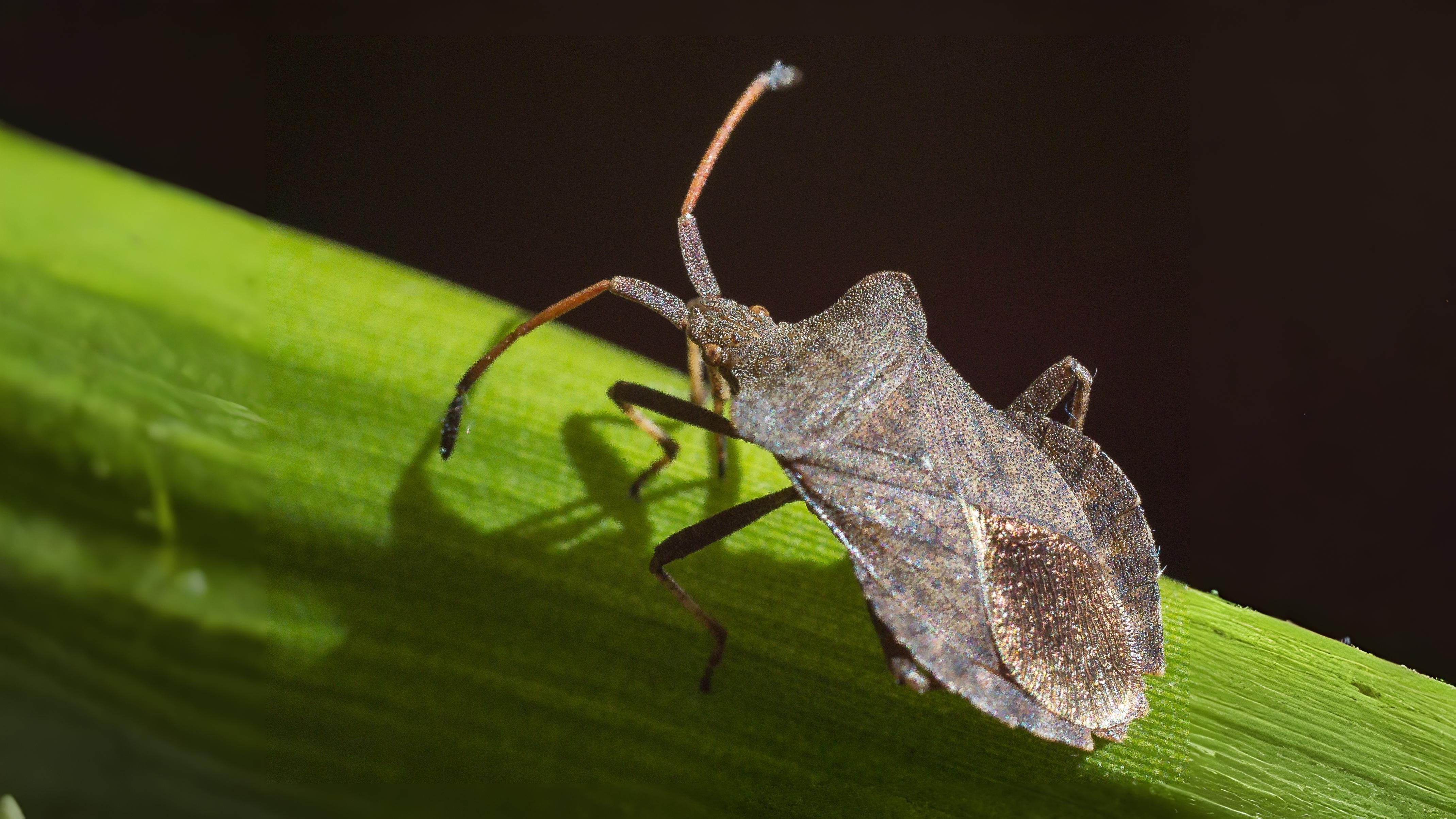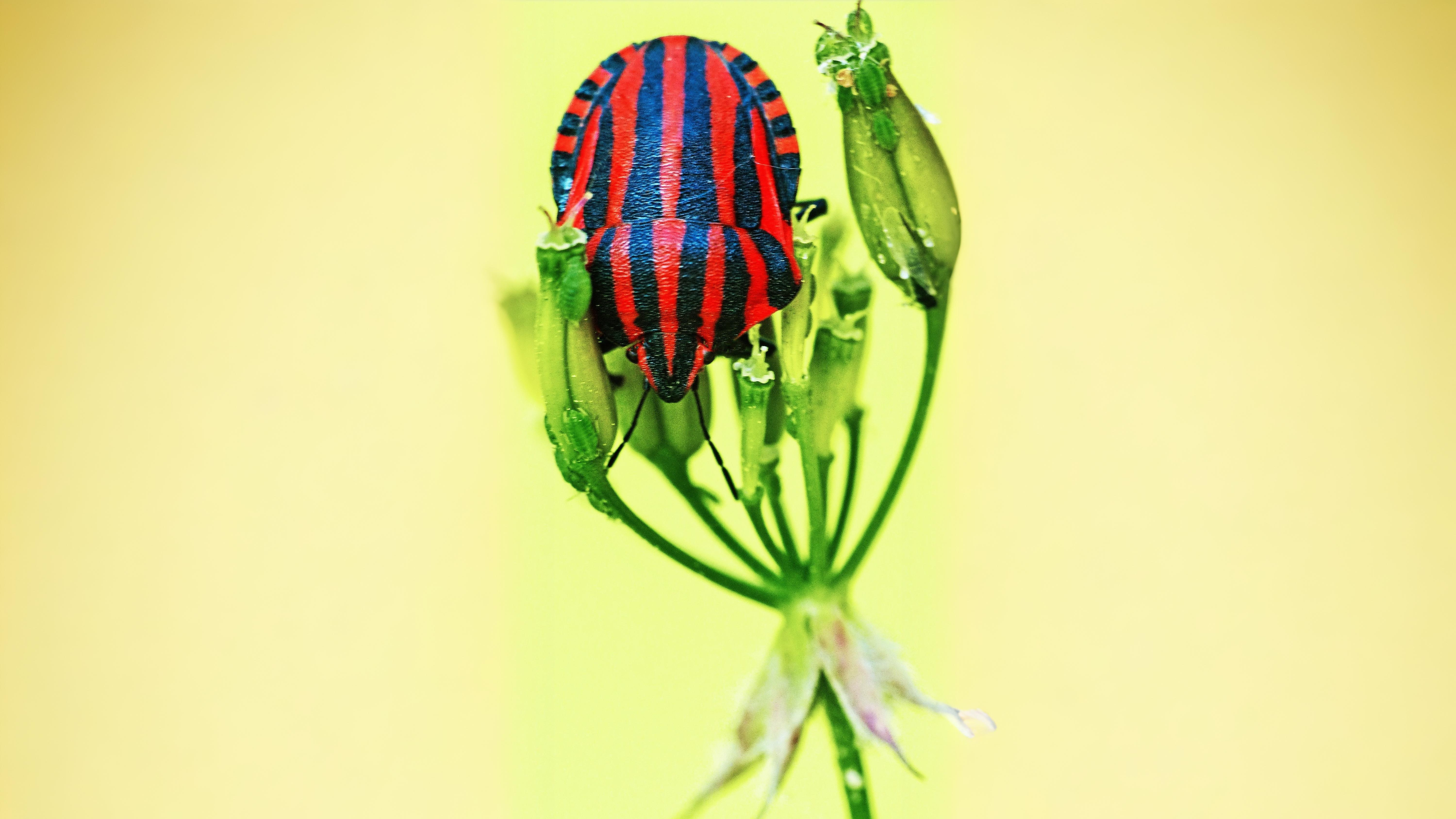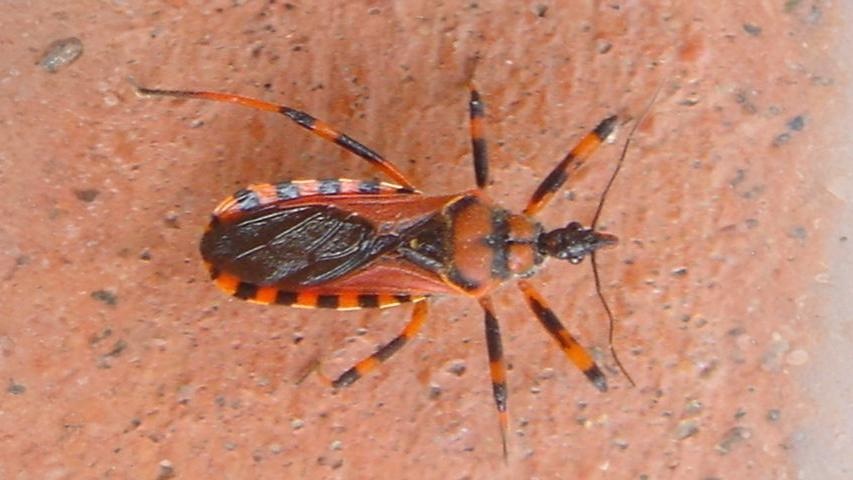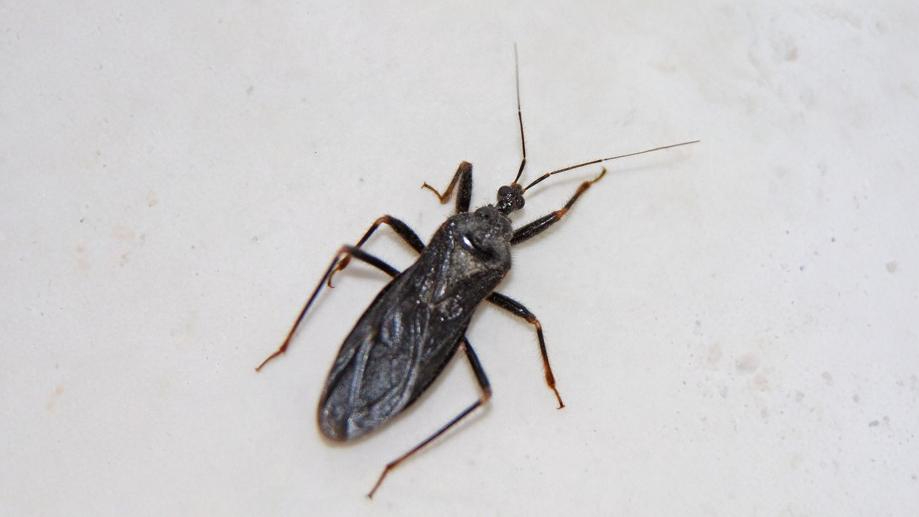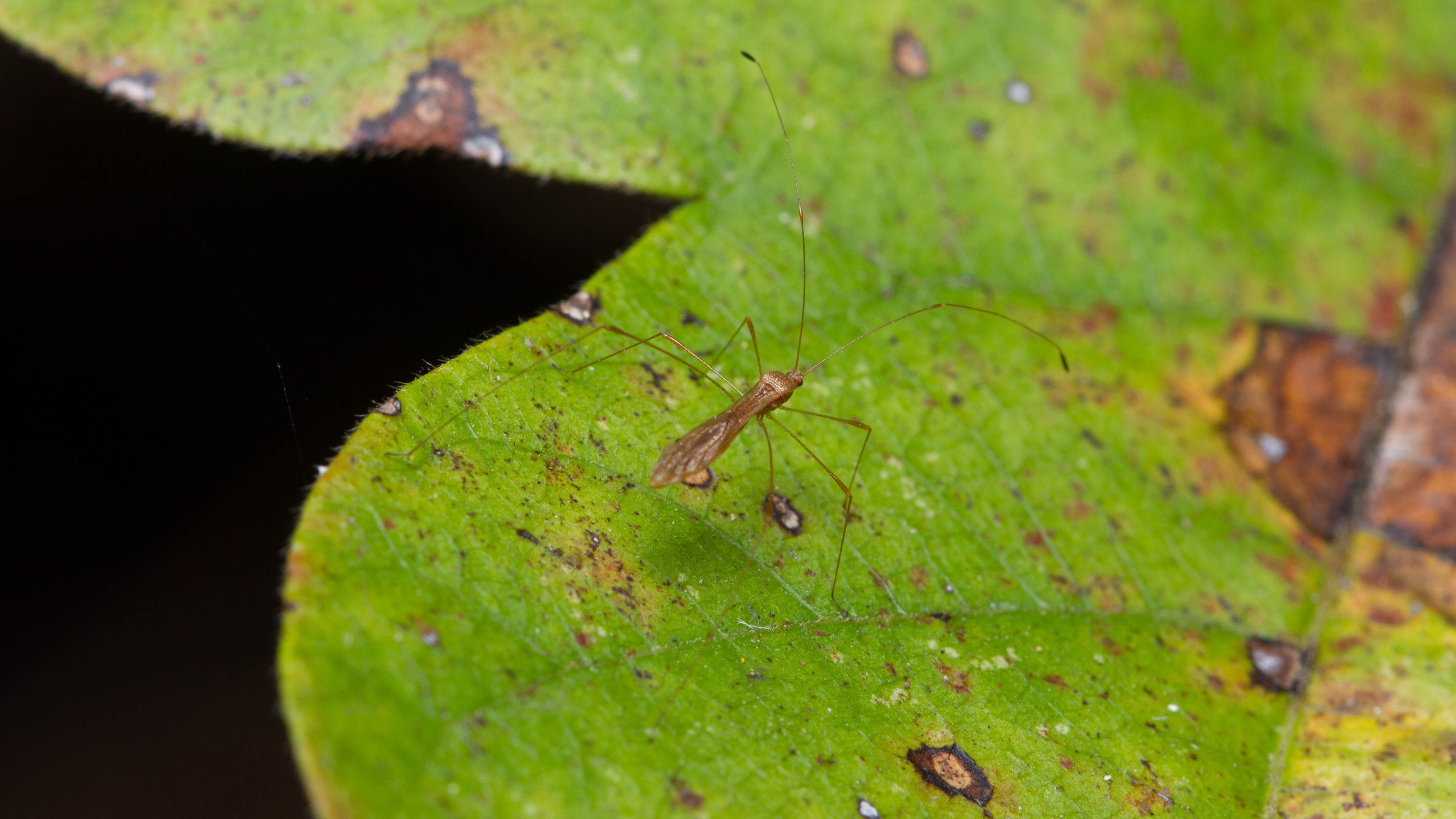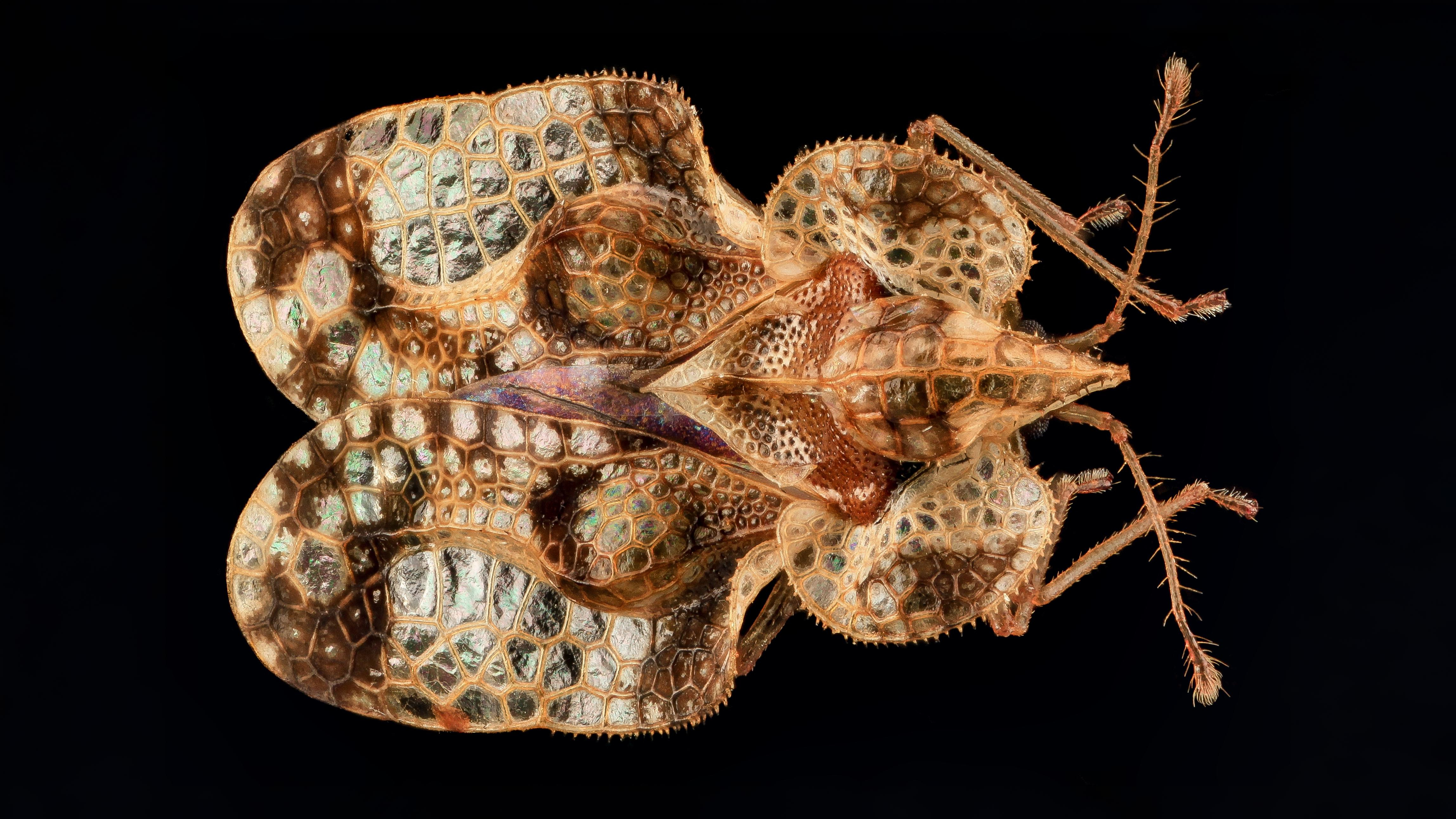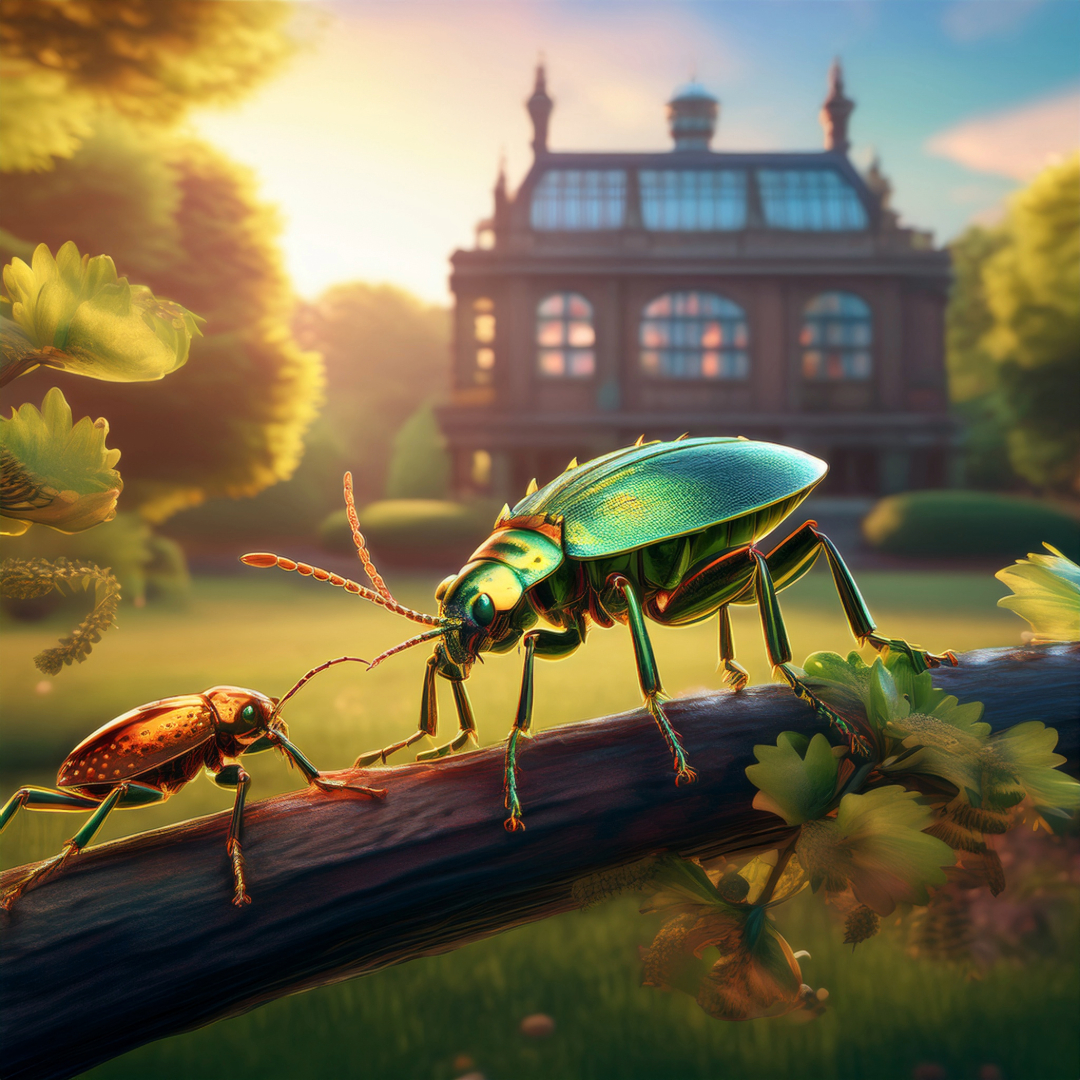
Return on June 25th to explore the secret lives of London’s true bugs—lace-winged tricksters, moss-eating royalty (yes, even in Buckingham Palace), and stinkbugs that smell like rancid almonds. Discover where to spot them, from Bushy Park to Beddington’s unlikely bug hotspot: a sewage works!
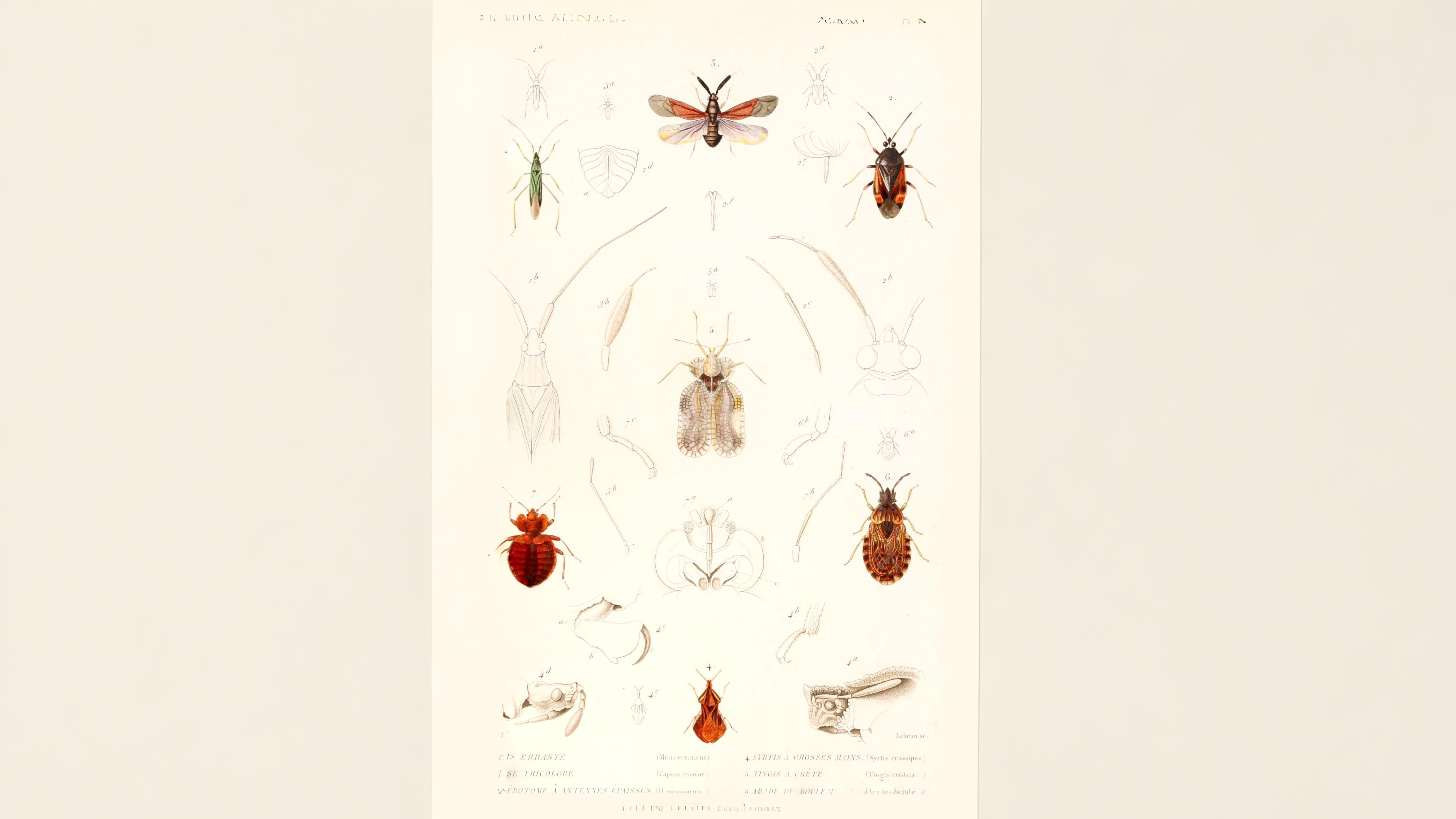

There are two main groups Homoptera and Heteroptera. The former generally have similar front and hind wings and the latter have wings that differ from each other in some way.


Although they are found between April and October, it is usually their instars that we see as there may be several moults between egg and adult. Many species are closely associated with the plant they feed upon. Favourite plants and therefore good places to look for bugs are oak, lime, sycamore, alder, birch, beech, willow, ash, elm, apple, hawthorn, broom, blackberry, thistles, blackthorn, heather, nettles and a variety of different common grasses.


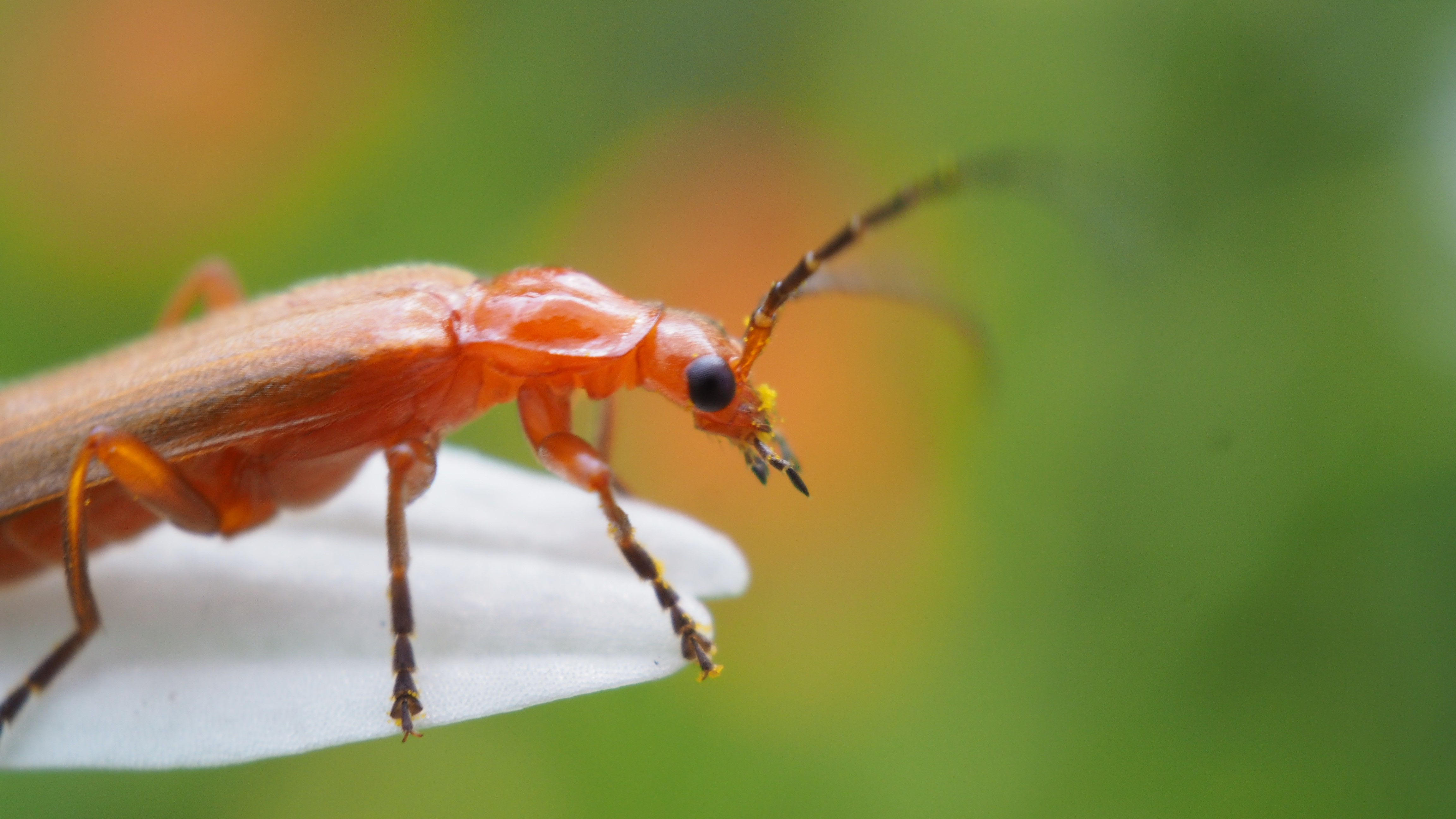



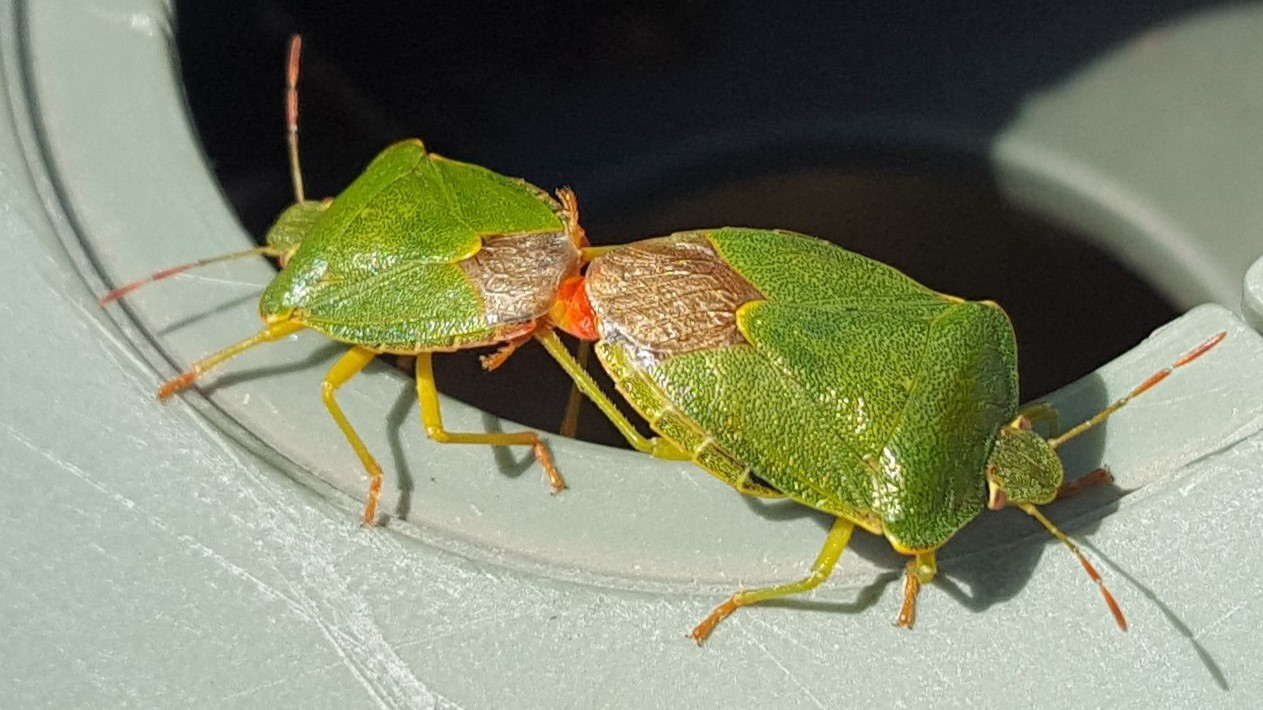

One of the most interesting sheildbugs is the Parent bug Elasmucha grisea. This shows one of the rarest insect characteristics which is maternal care. After laying her eggs the female not only tends them but also protects them from predators and parasites.


Squash or Leather bugs are very similar to shield bugs but tend to be duller brown colours and have thicker thighs. Their antennae are sometimes a little leaf-like giving rise to another of their names – the leaf-footed bugs. They got their name ‘squash’ bugs because some of the American species tended to specialise on squashes and gourds and even followed these fruits indoors to feed on them. Here, box, dock and St John’s wort all have specific species associated with them.


Mirids or capsids are the largest group of bugs in the world and so it is little surprise they can be found in every conceivable habitat and from ground level to the tops of trees even in London. Considering this, they all look very similar, being typically small, delicate, soft-bodied and usually some shade of either green or brown. They are mainly vegetarian and, as with so many other bugs, often specific to one plant. The ones we notice are generally feeding on either aphids, various fruits and seeds or nettles. There are over a thousand different species in London alone.
